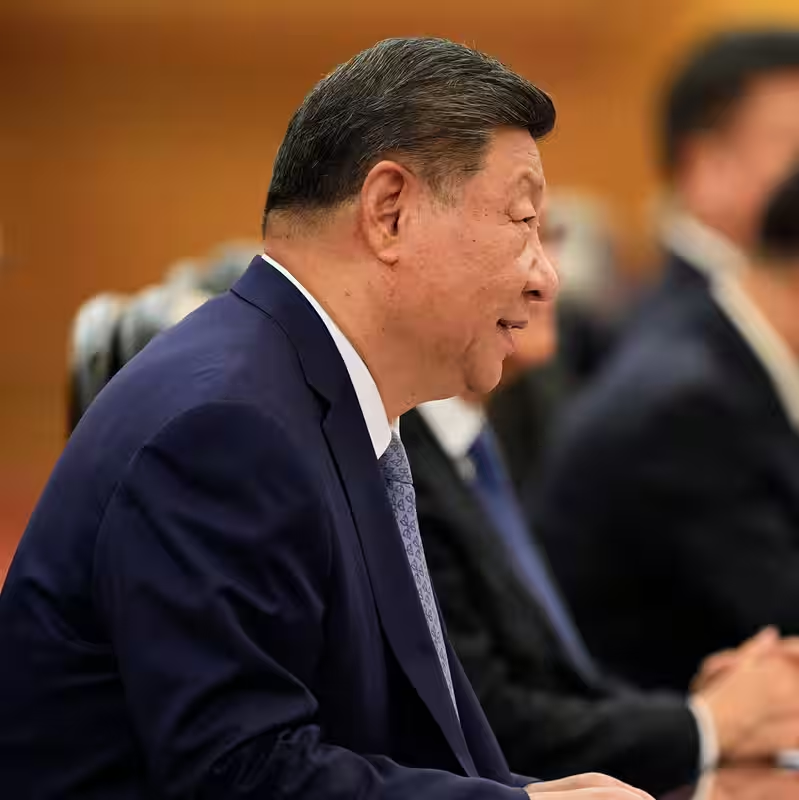Trump Launches Probe Into China’s 2020 Trade Deal Breach
Just days before a high-stakes meeting between President Donald Trump and Chinese leader Xi Jinping, the U.S. administration has initiated a formal investigation into Beijing’s compliance with the landmark 2020 trade agreement. The move signals a sharp escalation in U.S.-China trade tensions and could reshape the economic landscape ahead of the APEC summit.
What’s Behind the Investigation?
The Trump administration is preparing to file a Section 301 investigation—a powerful trade enforcement tool—focusing on whether China has fulfilled its commitments under the Phase One trade deal signed in January 2020 . That agreement required China to purchase an additional $200 billion worth of U.S. goods and services over two years and implement structural reforms on intellectual property and financial services.
However, multiple analyses show China fell significantly short of those purchase targets. Now, with Trump back in the White House, his team is taking a hardline stance, framing the probe as essential to protecting American workers and businesses .
Timing Is Everything: APEC Summit Looms
The investigation’s announcement comes just ahead of the Asia-Pacific Economic Cooperation (APEC) summit, where President Trump is scheduled to meet with President Xi on October 30, 2025 . This timing is no coincidence—it gives the U.S. significant leverage in upcoming negotiations.
“This isn’t just about past promises,” said a senior White House official who spoke on background. “It’s about ensuring future compliance and holding China accountable in real time.”
Key Areas Under Scrutiny
The probe will examine several critical areas:
- Agricultural Purchases: Did China import promised volumes of soybeans, pork, and dairy?
- Energy Exports: Were U.S. LNG and crude oil shipments honored?
- Intellectual Property Protections: Has China curbed forced tech transfers?
- Financial Market Access: Have U.S. firms gained fair entry into China’s banking and insurance sectors?
Economic Impact at a Glance
| Commitment Area | Promised (2020–2021) | Actual (Estimated) | Compliance Rate |
|---|---|---|---|
| Manufactured Goods | $77.7B | $58.1B | ~75% |
| Agricultural Products | $32.9B | $23.4B | ~71% |
| Energy | $52.4B | $25.3B | ~48% |
| Services | $37.9B | $28.7B | ~76% |
Source: Peterson Institute for International Economics (PIIE) analysis, updated 2025
What Happens Next?
If the Section 301 investigation finds China in material breach, the U.S. could impose new tariffs, restrict Chinese investments, or escalate the matter at the World Trade Organization. Market analysts warn this could trigger volatility in global supply chains and stock markets already sensitive to geopolitical risk.
For American exporters—especially in agriculture and energy—the outcome could mean renewed access or prolonged exclusion from the world’s second-largest economy.
Broader Implications for U.S.-China Relations
This probe marks a return to Trump’s “America First” trade doctrine. Unlike the Biden administration, which prioritized alliance-building over unilateral action, Trump’s team is willing to use aggressive tools to extract concessions .
Experts say the real goal isn’t punishment—it’s negotiation. By launching the probe now, the U.S. aims to secure stronger commitments during the APEC meeting, possibly including new purchase pledges or concessions on semiconductor exports.




